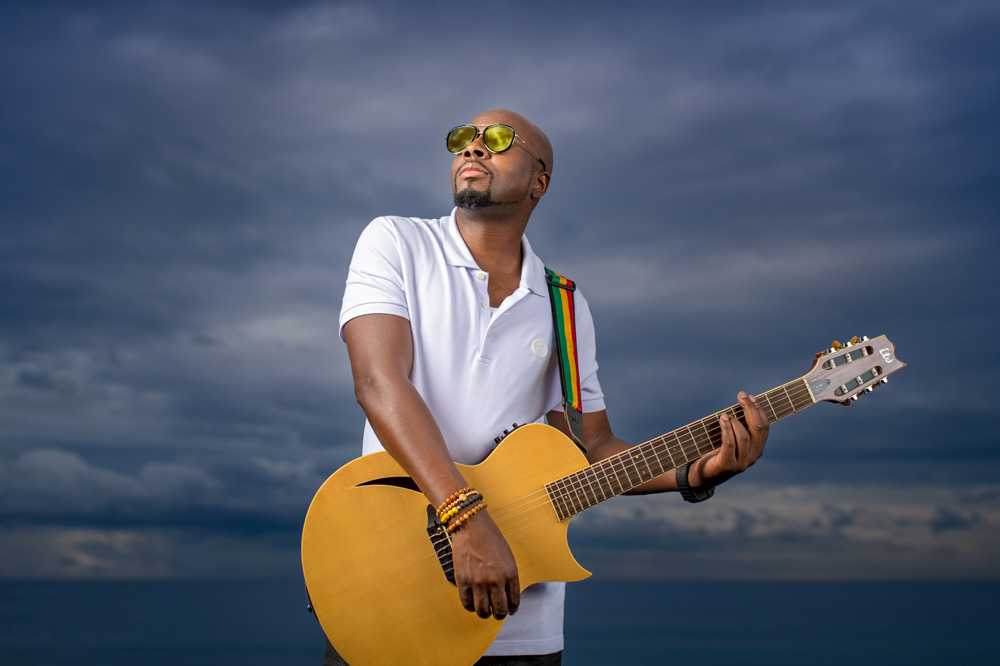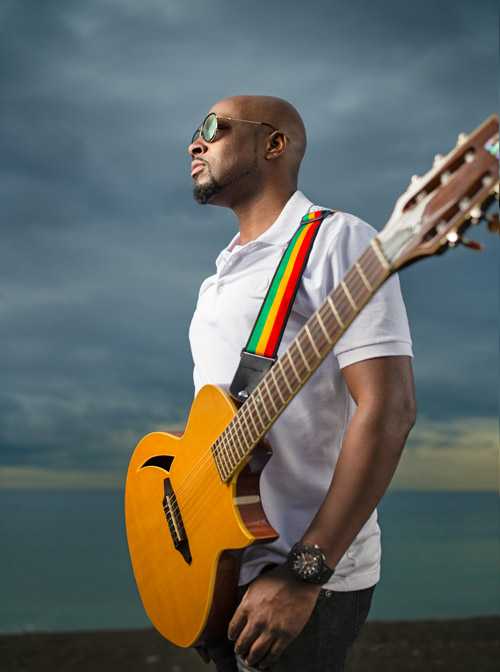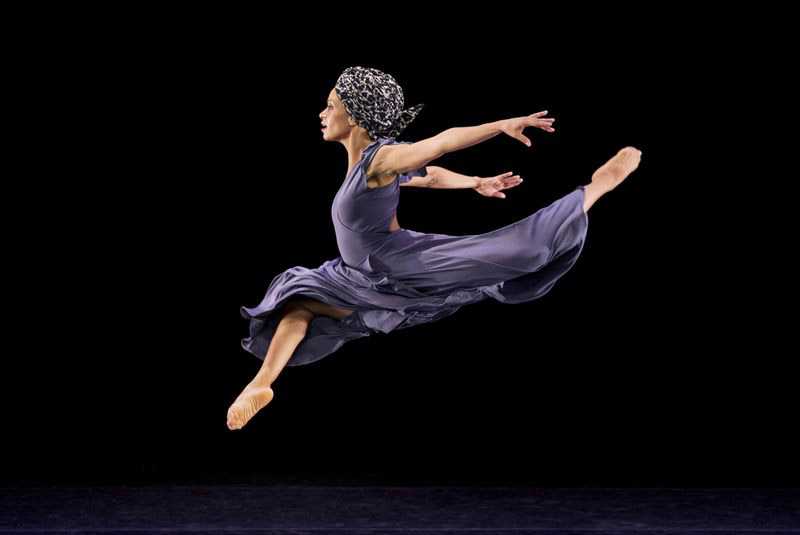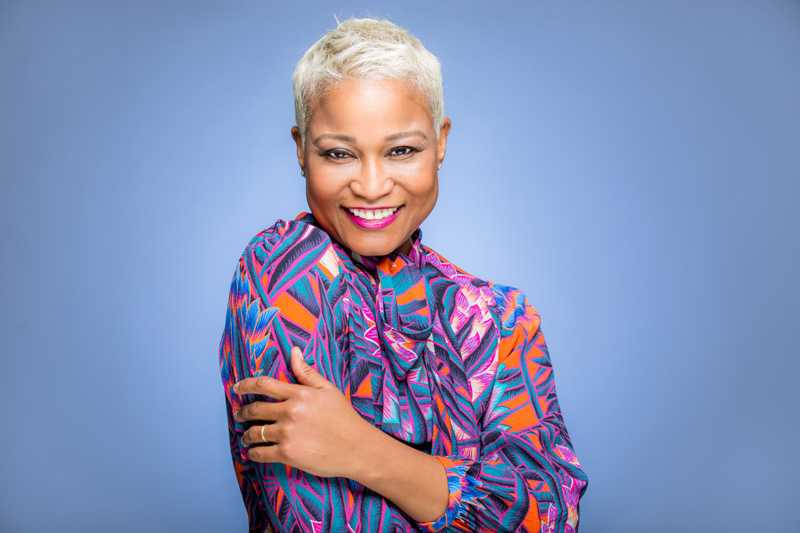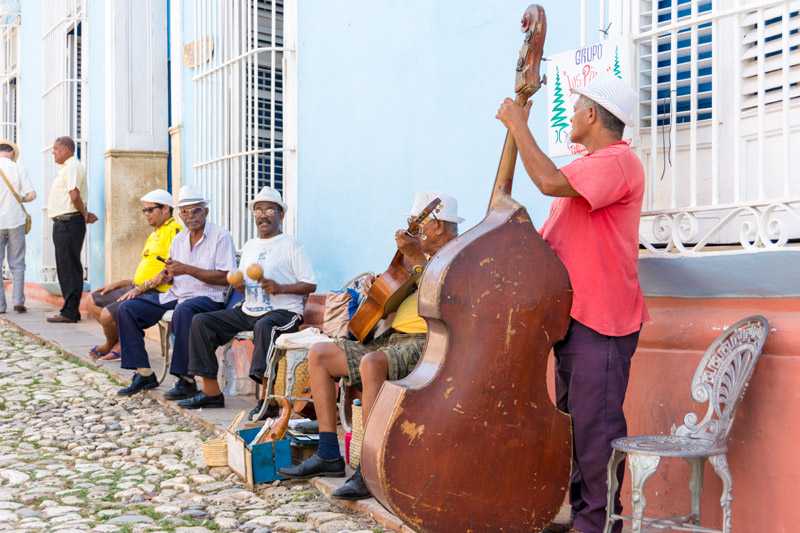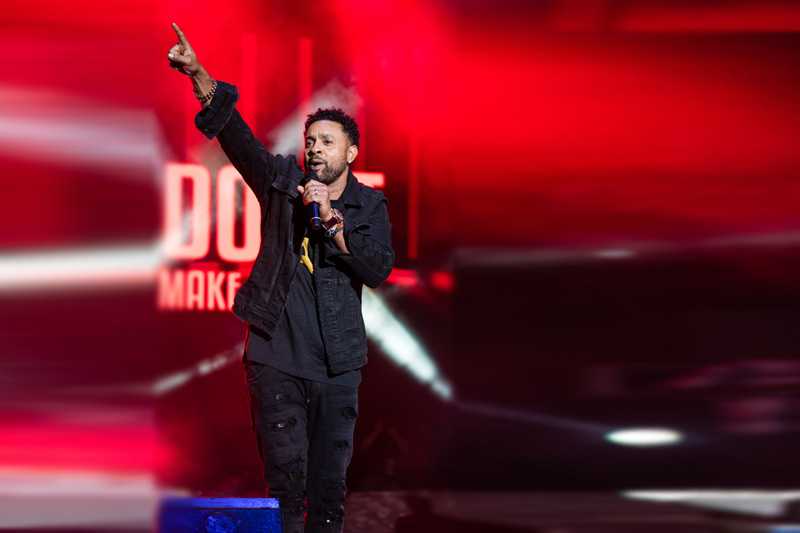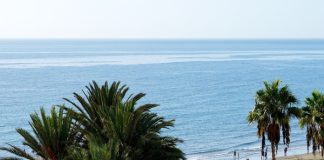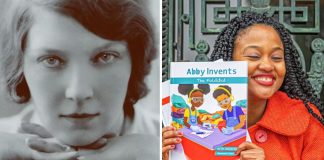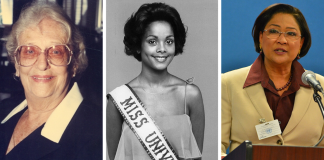Writer Sonia Morgan | Photography Ryan Born
It’s not every day that you get to grill Grammy award-winning dancehall artist Sean Paul about his personal life. But on a rainy afternoon, stealing a moment with him between music video shoots, island origins did just that. What we got was a candid conversation with Sean – yes, we’re on a first name basis- about his relationship with food, his family’s culinary connections, and how he went from an anything goes kind of diet, to a very particular palate.
As one of the most recognizable performers in the world, Sean Paul has frolicked freely between chart-topping solo hits, and distinctively hypnotic collaborations with artists like Beyoncé, Rihanna, Enrique Iglesias, Sia, and more recently, Latina newcomer Becky G. It’s been well over 20 years since we’ve been consuming his signature sound—cocky but carefree. Musically, Sean Paul stays “dutty” (dirty) but when he steps up to the plate, he keeps it clean.
Family Cooks
Growing up in a multi-ethnic home, Sean Paul’s exposure to different culinary offerings was natural. He describes his parents (Garth and Frances Henriques) as “very stop-on-the-road-and-buy-a-corn-or-pan-chicken people.” Their influence fostered his love for Jamaican street food. His maternal great grandparents migrated to Jamaica from China, and taught Sean’s grandfather the art of traditional Asian cuisine. “As a youth, it was healthy and good types of food to eat, and it kinda influenced [my love of Asian foods],” he fondly recalls.
Pretty much everyone in Sean’s family can cook. “My father was a good chef and my mums too, but my grandfather was the ‘dads'”— the very best. Sean Paul and his brother Jason both attended the University of Technology, Jamaica, where Sean majored in Hotel Management and Jason opted for Culinary Management. “Both of us had to cook for a while,” Sean Paul says, praising his brother’s culinary skills, while modestly claiming that he can only “do a thing” in the kitchen.
No Cheese, Please
Sean describes his “clean eating” diet as a balanced approach. He limits his red meat intake and tries to stick to healthier foods like veggies, chicken and fish, and good starches like sweet potatoes and cauliflower rice, which his wife Jodi makes. “I have to ‘big up’ my wife,” he laughs.
His diet has evolved for many reasons, but top of the list is the lethargy that eating badly made him feel. There’s no room for low-energy when Seal Paul hits the stage! He’s given up cheese, because he is conscious that as he ages, like the rest of us, “It just hangs off me.” He reminisces about the days he could eat anything and still be in top form.
Long before Sean Paul was a megastar, he was an athlete, swimming competitively for Jamaica. Back then, doing laps, “We used to eat a lot and not put on any weight.” Today, it’s a bit different. While he still works out, it’s more of an uphill battle, so he has to take diet into consideration too.
A Juicy Epiphany
In September of 2016, Sean did a juice diet for the first time. It was nothing short of an epiphany for the artist, who credits this experience as “the catalyst for me eating better nowadays.” He said the juice consisted of ingredients including turmeric, and was packed with electrolytes. The diet lasted about two-and-a-half weeks. Nothing but juice—5 drinks a day—as well as some fruits. “The first three days were the worst!” he recalls. “It was like I was dying!” After a while it became easier, and the cleanse ultimately put him on a path to healthier living.
But, it’s not easy eating well when you’re on tour, and the after-hours offerings leave much to be desired. Sean’s tour diet was horrible! About performing at night, he says “all there is really on the road at that time is pizza and burgers and Shawarma (a meat-filled Lebanese sandwich with lots of sauce)—delicious, but that is junk night eating.”
These last few tours, however, he has been making a conscious effort to eat better. Now, he tries to get up early and eat a well-balanced breakfast, work out and eat a good lunch, then eat at least three hours before the show. When he does that, he’s alright for the rest of the night. “So far, I’ve been very good with it,” he says. And it shows…
We asked the megastar a few fun questions and this is what he had to say:
What are some foods that turn you on?
A couple of those high-end sushi joints like Nobu, they have a miso cod type of thing or a miso sea bass, you look at it and say, “Mmmmm, yeah’.”
Is there any comfort food you have a weakness for?
I have “box lunch”— (typical Jamaican takeout). Sometimes I feel like I just want a box lunch today… rice and peas and gravy and a little bit of the macaroni and cheese and some vegetables. Nowadays, I don’t really eat like that often, but that is my go-to comfort, like when I have a hard day, you know? I need something like some bar-b-fry chicken with some oxtail gravy.
From all your travels, which country’s food would you say you like the best?
I like Trinidadian food on a whole, it’s very spicy and there’s a lot of curry and I like turmeric in my food. So, when I went over to India, I was like damn! Because they’re more into that curry thing. I could see myself as a vegetarian over there, because the food tasted good. I’ve never tasted a pumpkin roast so good before. So, I would say Trinidad… India was a special thing for me.
If you could only eat one thing for the rest of your life, what would it be?
Singapore noodles, because it has in turmeric again and I like noodles, so yeah. But again… staying away from those starches right now. Otherwise, I would be the international ambassador for Singapore noodles.
Is there a food that you dislike?
You know which food I don’t like? When people fry the skin on top of the pork and eat it like chips.
Sweet tooth? Any desserts?
I like key lime pie and lychee cake, but I don’t really have a sweet tooth.



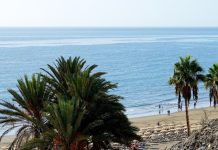
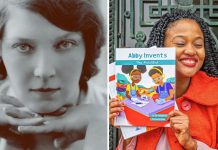



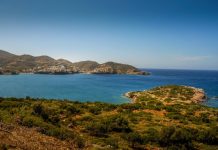







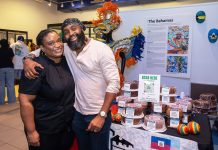
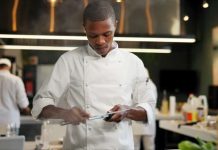




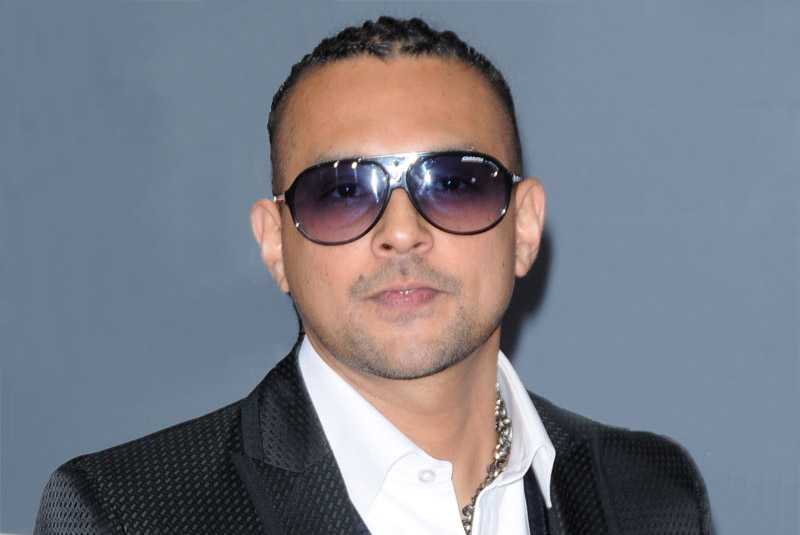




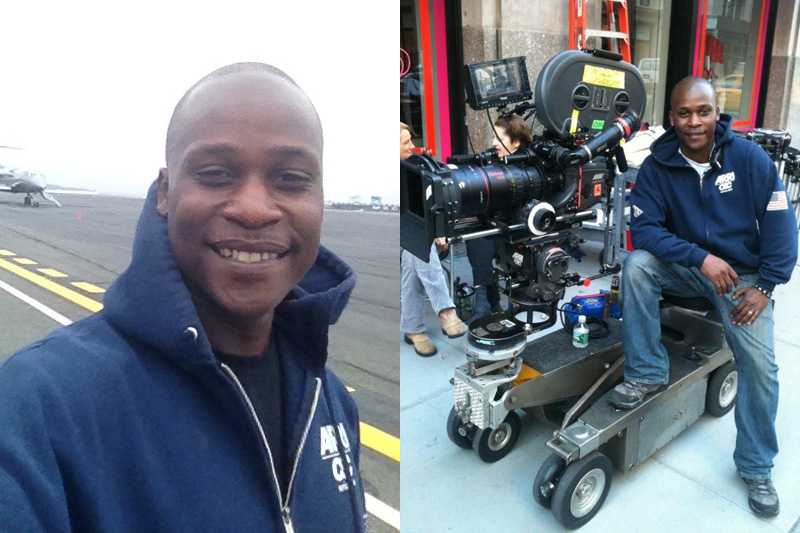
 BARRY JENKINS
BARRY JENKINS
